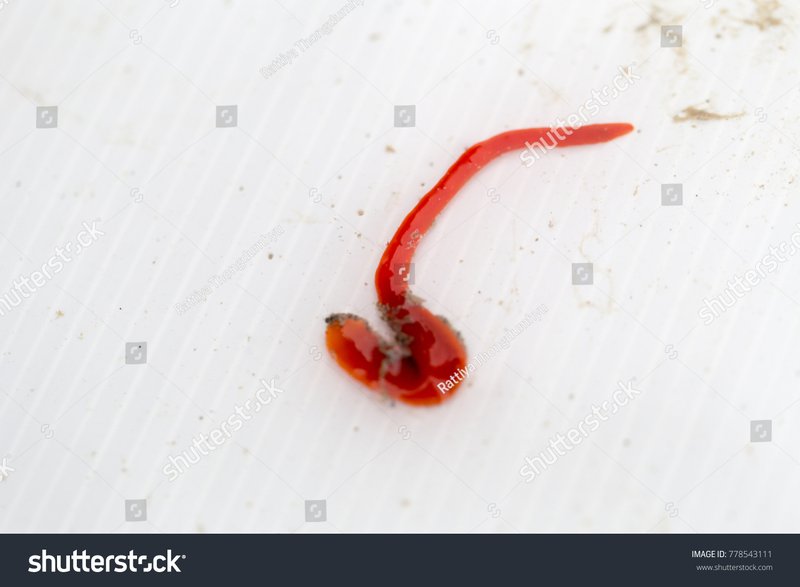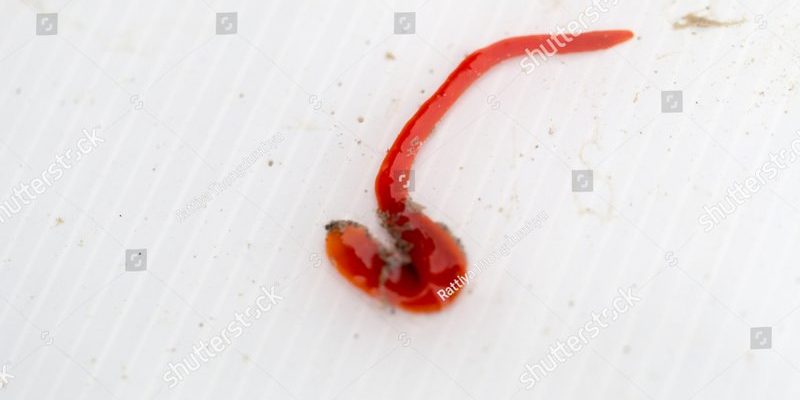
You might be wondering why these worms are called “bootlace worms.” The name comes from their long, slender bodies that can sometimes reach lengths of up to 55 meters—or about the length of a tennis court! They’re often found in shallow waters along the coastlines of the UK and Europe, making them a common sight for beachcombers and marine enthusiasts alike. Let’s dive into the world of bootlace worms, exploring their habitats, biology, and some interesting tidbits that make them truly extraordinary.
What Are Bootlace Worms?
Bootlace worms belong to the phylum Annelida, which includes various segmented worms, and are specifically classified as ribbon worms. Unlike most worms you might come across, bootlace worms are fascinating due to their extraordinary length and unique body structure. They have a soft, elongated body that can be quite colorful, often boasting hues of yellow, brown, or green.
These worms are known for their remarkable regenerative ability. If threatened or cut, they can grow back lost segments! This trait isn’t just cool—it’s vital for their survival in the sometimes harsh conditions of their environment. When you think about it, having the ability to regenerate makes these worms a bit like superheroes of the marine world.
Where Can You Find Bootlace Worms?
Bootlace worms are primarily located along the sandy and muddy shores of the British and European coastlines. You can often find them hiding beneath rocks, in tidal pools, or buried in the sand. They thrive in shallow waters, often near estuaries and coastlines, where they can access plenty of food.
Their habitats are typically rich in nutrients, which is great because bootlace worms are carnivorous. They feed on small marine creatures, including crustaceans and fish eggs. So, if you’re walking along the beach and notice little holes or trails in the sand, it might just be the work of a bootlace worm!
Interesting Biology of Bootlace Worms
Let’s get into the nitty-gritty of what makes bootlace worms so special. These creatures have a unique body design that sets them apart. They’re covered in a layer of slimy skin that can help them move smoothly through the water and sand. This slime also plays a role in hunting, allowing them to trap prey.
One of the most fascinating features of bootlace worms is their nervous system. Unlike many other worms, they have a complex network of nerves, which allows them to move and react quickly to threats. This means they can wiggle swiftly into hiding if a predator comes sniffing around.
Moreover, bootlace worms possess a unique feeding mechanism. They have a long, extendable proboscis that they can shoot out to snag prey from a distance. Imagine a long, stretchy tongue that can reach out and catch food! It’s a pretty impressive adaptation that helps them in the competitive marine environment.
The Life Cycle of a Bootlace Worm
Bootlace worms have an intriguing life cycle that begins with reproduction. These worms can produce gametes, which are their reproductive cells. Interestingly, they are hermaphrodites, meaning each worm has both male and female reproductive organs. This unique feature allows them to mate with any other bootlace worm they encounter.
Once fertilized, the eggs are laid in the water, where they develop into larvae. These larvae will eventually settle down and transform into adult bootlace worms. It’s a fascinating process that showcases how adaptable and resilient these creatures are in their ever-changing environments.
Ecological Importance of Bootlace Worms
Now that we know a bit about bootlace worms, let’s talk about why they matter. These worms play a crucial role in their ecosystems. As predators, they help control the population of smaller marine organisms, which keeps the food web in balance. Without bootlace worms, certain species could become overpopulated, leading to ecological chaos.
Additionally, they serve as food for various marine animals, including fish and birds. This makes them an important link in the chain of life along coastal ecosystems. Their presence can indicate the health of the marine environment, as they thrive in clean, nutrient-rich waters.
Challenges and Conservation
Like many marine species, bootlace worms face several threats due to human activities. Coastal development, pollution, and climate change are all factors that can negatively impact their populations. When shorelines are altered or contaminated, bootlace worms may struggle to survive, reducing their numbers and affecting the broader marine ecosystem.
Conservation efforts are essential to protect these remarkable creatures. Maintaining clean and healthy coastal environments through responsible practices can help ensure that bootlace worms and the ecosystems they support continue to thrive for future generations.
Final Thoughts on Bootlace Worms
In conclusion, bootlace worms are more than just strange-looking creatures on the beach; they’re a vital part of the marine ecosystem found along British and European shorelines. Their unique biology, fascinating life cycle, and role in maintaining ecological balance make them worthy of our attention and respect.
Next time you’re walking along the coast and happen to spot one, take a moment to appreciate the intricate world these worms inhabit. Whether you’re a beachcomber, a marine life enthusiast, or just someone who enjoys nature, bootlace worms are a reminder of the complexities and wonders of life beneath the waves. So, keep exploring, and who knows what other surprises the ocean might have in store!

